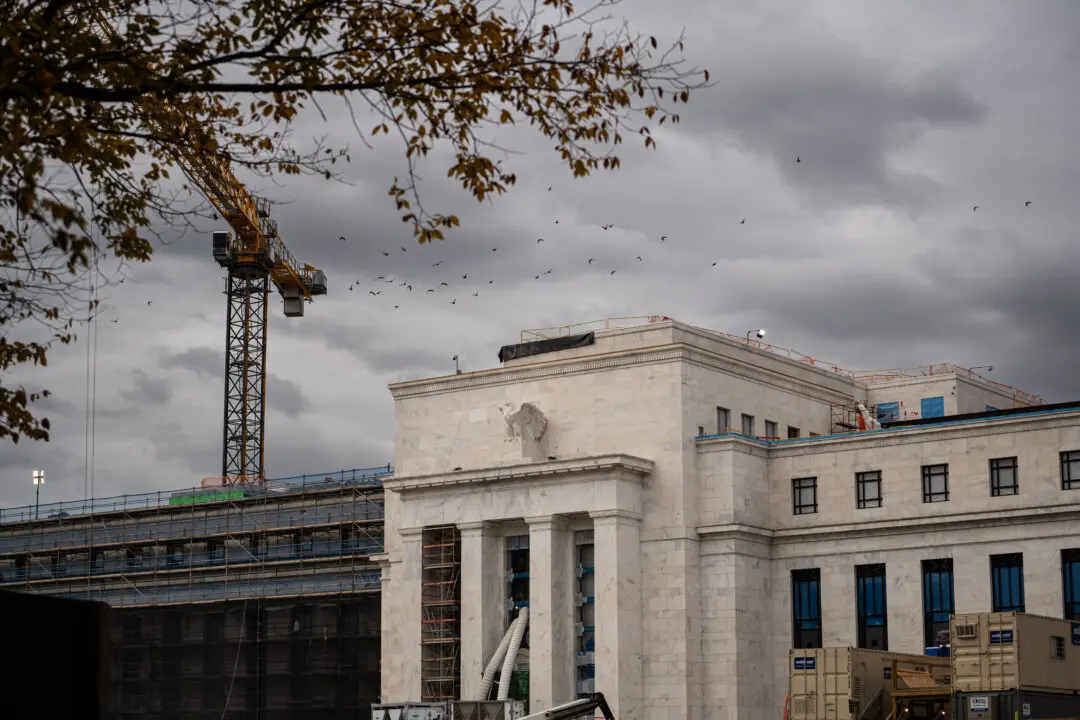Just seven years after Uber disrupted the taxi industry, worth billions of dollars, the tech company is now at the forefront of a new revolution: driverless cars.
Last year, the ride-hailing giant started investing billions in self-driving technology. For the past several months, Uber has had self-driving test vehicles on the road in Pittsburgh. Then in August, the company made the surprise announcement that it would soon start testing these vehicles with actual passengers.
The vehicles will still have human drivers behind the wheel until technological and regulatory issues are resolved. However, for the first time, the average commuter will be able to see what it’s like to sit in the back of a self-driving car.
While this may seem like a small development, the speed at which Uber was able to accomplish this, and the implications it has for so many aspects of the transportation industry, indicates the company may be on the verge of causing its biggest disruption yet.
Looming Disruption
As Uber proves again that disruption is in its DNA, the ride-hailing giant appears to be turning its back on those who made its exponential growth possible—its 1.5 million drivers worldwide.




